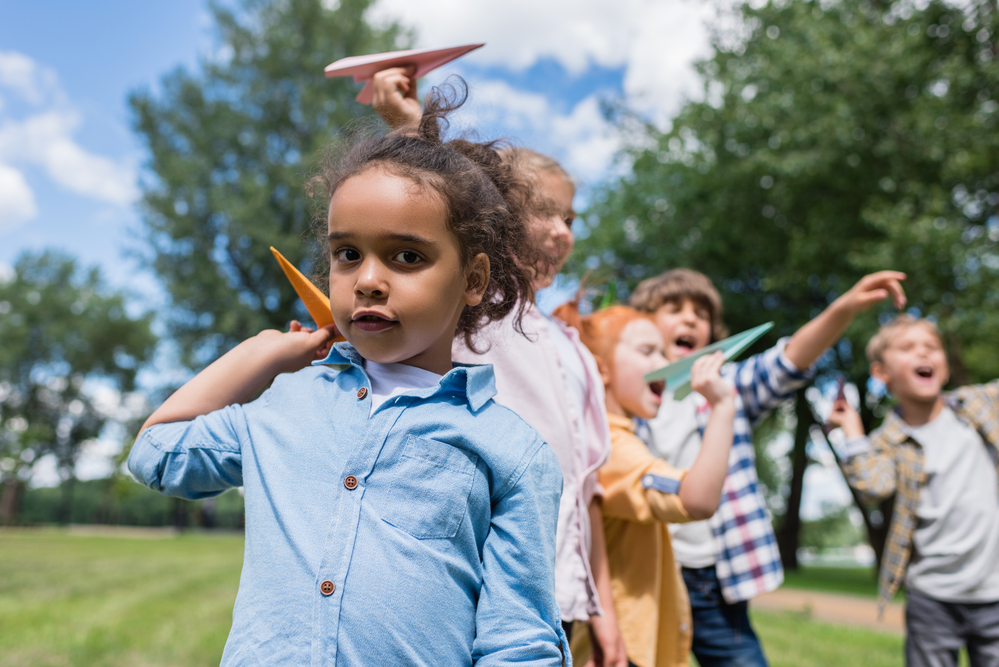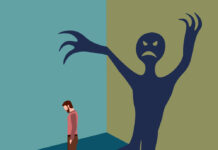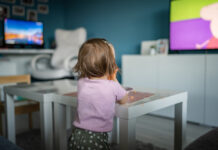Childhood anxiety, depression, and suicidal thoughts are on the rise as opportunities for children to be independent have dwindled, according to a new article in The Journal of Pediatrics. The research, led by psychologist Peter Gray from Boston College, used data on adolescent independence from multiple decades and countries to investigate the high incidence of mental health issues, like anxiety and depression, among today’s youth.
Gray and his co-authors observed that children in the 1970s or earlier had far more freedom to roam, play, and engage in activities without adult supervision than children today. They argue that the decline in opportunities for children to participate in independent activities has contributed to the rise in mental disorders. Independent activities can promote mental health by providing immediate satisfaction and building mental resilience to cope with life’s stresses.
“Those of us old enough to have been children in the 1970s or earlier know from experience that children then had far more freedom to roam, play, and engage in various activities independently of adults than do children today. Research has confirmed that our memories are not distorted,” the authors write.
“Our thesis is that a primary cause of the rise in mental disorders is a decline over decades in opportunities for children and teens to play, roam, and engage in other activities independent of direct oversight and control by adults. Such independent activities may promote mental well-being through both immediate effects, as a direct source of satisfaction, and long-term effects, by building mental characteristics that provide a foundation for dealing effectively with the stresses of life.”
 Adolescent mental health in America was declared a national emergency in 2021. While factors like gun violence and climate change contribute to this crisis, the researchers focused on the more actionable and under-researched aspect of parenting tactics.
Adolescent mental health in America was declared a national emergency in 2021. While factors like gun violence and climate change contribute to this crisis, the researchers focused on the more actionable and under-researched aspect of parenting tactics.
They discovered that in the early 20th century, children as young as five were allowed to walk to school alone or with friends, and 11- or 12-year-olds often held part-time jobs. However, between the 1960s and 1980s, articles and advice columns began promoting heavy supervision for children.
Here are some quantitative examples of this change:
- In England, permission to walk home alone from school dropped from 86% in 1971, to 35% in 1990, to 25% in 2010
- In the US, National Personal Transportation Surveys showed that 47.7% of children walked or biked to school in 1969, which has since dropped to 12.7% as of 2009
Simultaneously, time spent in school/working on schoolwork has drastically increased:
- The average length of the American school year increased by five weeks from 1950 to 2010
- 6-8 year-olds in 2006 were made to complete, on average, 11.4 more hours of schoolwork/homework than 6-8 year-olds in 1981
The authors highlight that youth diagnosed with depression and anxiety disorders increased by over 500% in the last half of the 20th century. CDC data showed that the suicide rate of children under 15 rose 350% from 1950 to 2005. There appears to be a clear correlation between adolescent independence and mental well-being.
In the short term, children are happier when given playtime. Studies show that children are more likely to be happy when engaged in activities without adult presence. For example, in one study, children were asked to identify whether or not children were playing based on presented pictures. Kindergarteners consistently categorized pictures without adults in them to be play—this was extrapolated to be because of a line of logic that if an adult was controlling the activity, it didn’t count as play.
Long-term effects of independent playtime can be examined through the lens of locus of control (LOC), where an internal LOC indicates a belief in one’s control over their life and problem-solving abilities. At the same time, an external LOC suggests that things happen for reasons beyond their control.
The authors hypothesized that free playtime would yield a high internal LOC as children grew up. Although research supports this hypothesis, it is essential to note that decreased independence is just one of several stressors that correlate with the change in adolescent mental health over time. What makes this element unique is its pervasiveness within America and throughout many areas of the world over this same period.
The authors suggest that young parents may be unaware of the importance of giving children space for independent activities. Instead, they are bombarded with messages about potential dangers to unsupervised children and the value of high academic achievement.
“Some young parents are unaware that five or six decades ago when their own parents were children, those as young as 5 or 6 were largely free to explore and play away from direct adult oversight, and children and teens suffered far less than they do today from anxiety and depression,” the authors write.
“Parents today are regularly subject to messages about the dangers that might befall unsupervised children and the value of high achievement in school. But they hear little of the countervailing messages that if children are to grow up well-adjusted, they need ever-increasing opportunities for independent activity, including self-directed play and meaningful contributions to family and community life, which are signs that they are trusted, responsible, and capable.”
The researchers argue that if children are to grow up well-adjusted, they need more opportunities for independent activity, including self-directed play and meaningful contributions to family and community life, which demonstrate trust, responsibility, and capability. By addressing this issue, they suggest we may begin to reverse the rising trends in depression, anxiety, and suicidality among today’s youth.
****
Gray, P., Lancy, D. F., & Bjorklund, D. F. (2023). Decline in Independent Activity as a Cause of Decline in Children’s Mental Well-being: Summary of the Evidence. The Journal of Pediatrics. https://doi.org/10.1016/j.jpeds.2023.02.004 (Link)















Well that’s interesting , makes you wonder why so many children would be in abnormal for this result, we need to ask why now!? An what is the reality problem. People seem to have it great, an it’s really not that way at all. What happens while we are unaware to!?
We can’t live in falsehood an adjust anything for better. Improvement that’s positive begins with the truth completely. Like a stomach bug, we can’t locate it if the doctor doesn’t have facts. Or can we get proper medical treatment for it to be healed an dissipate correctly. Example again, an STD infection can be cleaned unless, all sexually activity ceases an the correct medicine to clear it out the body.
Interesting, an something to think about clearly.
Report comment
This strikes me as largely being correlation rather than causation, though there’s no doubt in my mind that autonomy in general (beyond just “independent activities”) is a fundamental need of children, one which is often lacking in modern cultures. There are others though, including a child being able to feel their full range of emotions without their caregivers reacting negatively. Thee parent/child attachment relationship is everything.
Report comment
I hope the authors have established causation and not just correlation.
I agree with their premise and feel I have experienced it.
Further, my training has raised many issues about tone level (“happiness”) that are not well-explored by modern psychologists. I could see the excessive worry of modern parents as creating a kind of toxic environment both at home and at school. This is based totally on the level of worry (Anxiety) on the scale, as compared to Mild Interest, which was often displayed by my parents. My parents worried very little about me in my presence, and this established a higher-toned family environment for me.
I see a modern parent express worry about her daughter in her presence quite a bit and this visibly upsets her daughter.
There are less toxic ways to care about kids.
Report comment
I think the other thing to remember is the stigma attached to depression and anxiety. People did not go to the doctor or therapist at the same rate as they do now. So historical data is probably inaccurate.
Report comment